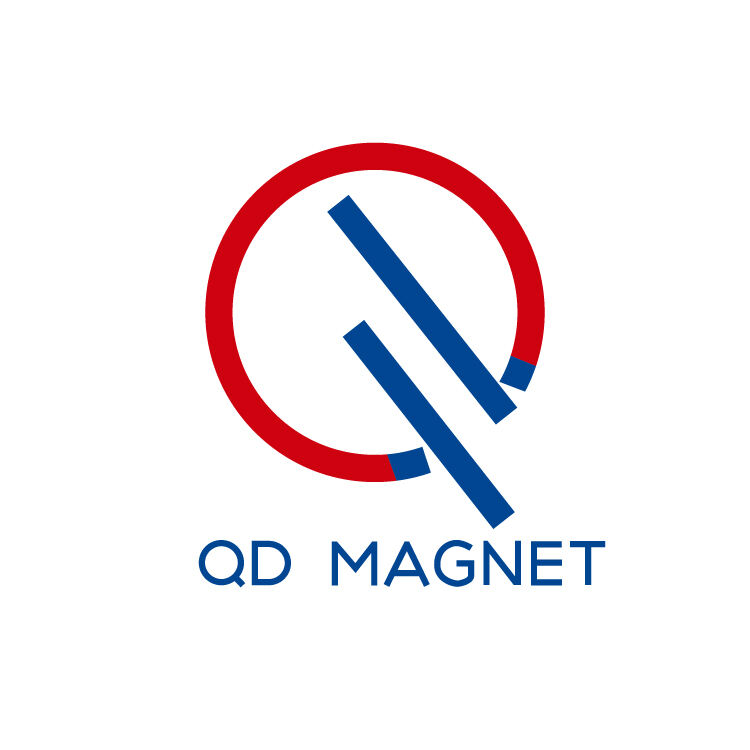Neodymium magnets are at the forefront of cutting-edge technologies, impacting sectors like electric vehicles, wind turbines, and medical devices. These magnets are pivotal due to their strength and efficiency, making them indispensable in the evolution of clean energy and innovative medical solutions. According to a recent industry report, the demand for neodymium magnets is projected to rise significantly, reflecting their growing importance. This heightened demand is driven by the global shift towards sustainable energy and advanced technology solutions, marking neodymium magnets as a cornerstone in today’s technological advancements.
In addition to neodymium magnets, the emergence of flexible and printable magnets is poised to revolutionize various industries, particularly wearable technology and packaging. These magnets offer unique properties that enhance functionality, enabling the integration of magnetic components into lightweight and adaptable formats. Recent studies highlight their potential to improve efficiency in consumer electronics, which is critical as devices become increasingly sophisticated. By allowing for customizable shapes and sizes, flexible magnets open new avenues for innovation in both design and application, supporting broader adoption across multiple sectors.
Magnetic materials are substantially transforming the healthcare industry. Innovations such as Magnetic Resonance Imaging (MRI) and targeted drug delivery systems exemplify their crucial role. MRI machines use powerful magnets to produce detailed images of the human body, playing a pivotal part in diagnostics and treatment planning. As noted in the Journal of Medical Imaging, the global MRI systems market is projected to reach approximately $11 billion by 2025, highlighting the widespread adoption and effectiveness of this technology. Additionally, magnetic nanoparticles are being increasingly researched for their potential in targeted drug delivery, allowing for precise treatment of diseases such as cancer, thus improving efficacy and reducing side effects.
The contribution of magnetic technology to clean energy solutions is significant, especially in renewable energy systems. Magnets are key components in solar inverters and wind energy generation, facilitating efficient power conversion and electricity generation. For instance, authoritative sources like the International Energy Agency have quantified that wind turbines equipped with advanced magnetic materials are optimizing energy output, making renewable sources more competitive with fossil fuels. These developments, supported by reports from research institutions, underscore the potential of magnetic materials in supporting the global shift towards more sustainable energy solutions. As the demand for clean energy continues to grow, the role of magnetic materials in enhancing energy systems remains critical.
Research efforts to develop rare-earth-free magnetic materials are gaining traction as the demand for sustainable alternatives grows. Notably, iron nitride has emerged as a promising substitute due to its composition of widely available elements. A Minnesota startup, Niron Magnetics, is pushing forward with innovations in this field, focusing on creating magnets that perform comparably to those made from rare-earth elements. According to Jian-Ping Wang, a scientist at the University of Minnesota, iron nitride could lead to significantly strong magnets without the environmental burdens tied to rare-earth mining. Studies highlight the potential for iron-based materials to achieve similar or even superior performance benchmarks, making them a viable long-term solution to the current sustainability challenges.
Recycling magnetic materials is crucial for reducing our dependence on new rare-earth mining ventures. This process involves reclaiming rare-earth elements from used magnets and electronic waste. The Environmental Protection Agency (EPA) provides guidelines on recycling processes that help recover these valuable materials. Techniques such as hydrogen decrepitation and selective roasting are increasingly used in the industry, aiding in the efficient recovery of metals like neodymium. Given the projected demand for rare-earth elements in sectors such as renewable energy and electronics, recycling becomes an essential component, promoting a circular economy and fostering environmental stewardship.
Interdisciplinary collaboration is pivotal in advancing magnetic material research, facilitating innovations that integrate multiple fields of expertise. Collaborative efforts between academic institutions, industry leaders, and government entities play a crucial role in driving this progress. Such partnerships enable the pooling of resources, knowledge, and technologies, fostering an environment where innovative ideas can flourish. For instance, university research labs might develop theoretical models, while industrial partners provide practical testing and manufacturing capabilities, and government bodies offer funding and regulatory support. This synergy not only accelerates the pace of discovery but also ensures that the resulting technologies are feasible for large-scale implementation.
The trend towards customization of magnetic products is gaining momentum, catering to specific industry needs and enhancing user satisfaction. Companies are now focusing on creating tailored solutions such as magnetic hooks or neodymium magnets that meet the precise requirements of diverse sectors, from automotive to healthcare. By customizing products to fit particular applications, these firms are not only increasing customer satisfaction but also reinforcing their market positions. A notable example is how the automotive industry customizes magnetic components for electric vehicles to boost efficiency and performance.
Emerging technologies are integrating magnetic applications in unprecedented ways, significantly impacting advancements in fields like robotics and sensors. These technologies utilize cutting-edge magnetic materials to enhance functionality and efficiency. For instance, the development of powerful magnets, as seen in recent MIT innovations, could revolutionize energy production and consumption. As these advancements unfold, they are likely to propel the magnetic materials industry into new realms, opening up possibilities for more efficient, compact, and sustainable solutions in various technological domains.


Copyright © - Privacy policy